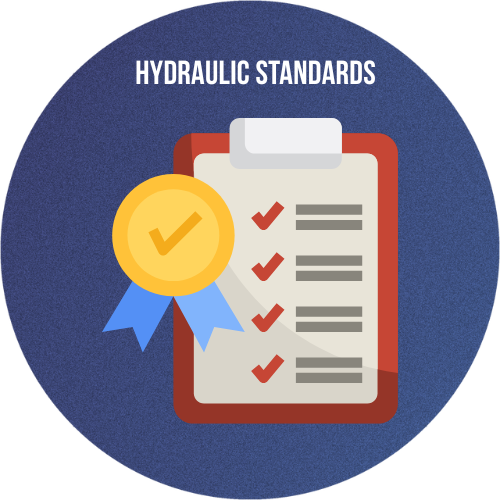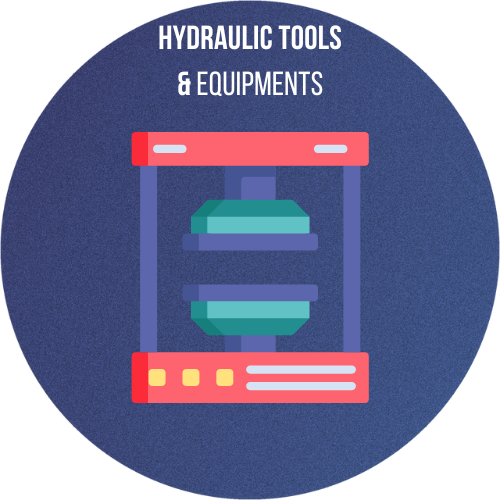Hydraulic Tank Innovations and Trends
As hydraulic systems evolve to meet the demands of modern industry — including improved efficiency, sustainability, and remote monitoring — the hydraulic tank is also undergoing significant innovation. While the fundamental role of the hydraulic tank remains unchanged, manufacturers are integrating new technologies and design philosophies to make tanks smarter, lighter, and more adaptable to dynamic operating environments.
Here are some of the most important innovations and emerging trends in hydraulic tank design and functionality:
1. Lightweight Materials and Compact Designs
With the growing emphasis on weight reduction in mobile, aerospace, and robotic applications, hydraulic tanks are now being made with advanced lightweight materials such as:
These materials reduce the overall weight of the system, improve fuel efficiency (in mobile equipment), and allow for easier installation in space-constrained environments.
Benefits:
-
Lower fuel or power consumption
-
Increased payload capacity
-
Reduced transportation costs
2. Smart Tanks with Integrated Sensors
Modern hydraulic tanks increasingly include digital instrumentation and IoT-enabled sensors that allow for real-time monitoring and remote diagnostics.
Typical sensors integrated into smart hydraulic tanks include:
These sensors enable:
Trend Example: Tanks connected to cloud-based platforms to alert technicians before fluid degradation or pressure issues occur.
3. Improved Heat Management
Hydraulic systems generate significant heat during operation. Recent innovations focus on enhancing the tank’s ability to dissipate heat or integrate with cooling systems more effectively.
Technologies include:
These innovations help maintain optimal fluid viscosity, protect seals, and extend component lifespan.
4. Low-Noise Design Features
Noise pollution is a growing concern in industrial and urban environments. Hydraulic tank design has evolved to incorporate features that reduce operating noise:
-
Return line diffusers and foam suppressors to reduce aeration
-
Internal damping baffles
-
Acoustic insulation on tank walls
-
Floating suction pipes to minimize vibration transfer
These features are especially valuable in indoor production areas, laboratories, and urban job sites.
5. Modular and Scalable Configurations
To support customized hydraulic systems, especially in automation and industrial settings, modular tank designs are gaining popularity. These allow end-users to:
-
Add or remove capacity modules
-
Integrate filters, coolers, and sensors into a single tank body
-
Easily swap damaged components
Trend Example: Plug-and-play tank modules designed for robotic work cells or automated production lines.
6. Environmental Compliance and Sustainability
With increasing environmental regulations and sustainability goals, hydraulic tank manufacturers are responding with:
-
Recyclable materials
-
Eco-friendly coatings
-
Closed-loop fluid systems to minimize waste
-
Better sealing to prevent leaks and spills
-
Tanks designed to capture and reclaim leaked fluid
Example: Tanks used in green construction machinery equipped with low-emission, sealed hydraulic systems.
7. Custom Fabrication with 3D CAD and Simulation
Modern tank designs benefit from advanced engineering tools, including:
-
3D CAD modeling for fit and interference checks
-
CFD (Computational Fluid Dynamics) simulations for internal flow and heat dissipation
-
Finite Element Analysis (FEA) to ensure structural integrity under pressure and vibration
This reduces development time and improves first-pass success rates in tank design.



 HYDRAULIC BASICS
HYDRAULIC BASICS  HYDRAULIC COMPONENTS
HYDRAULIC COMPONENTS  HYDRAULIC SYSTEM
HYDRAULIC SYSTEM  HYDRAULIC SYMBOLS
HYDRAULIC SYMBOLS  HYDRAULIC STANDARDS
HYDRAULIC STANDARDS  HYDRAULIC CALCULATORS
HYDRAULIC CALCULATORS  HYDRAULIC TOOLS
HYDRAULIC TOOLS  BUYER’S GUIDES
BUYER’S GUIDES 





